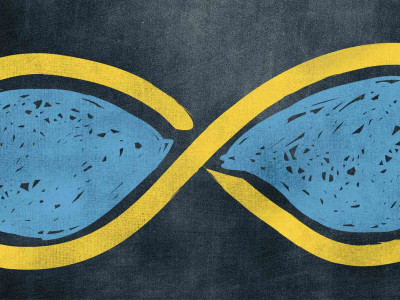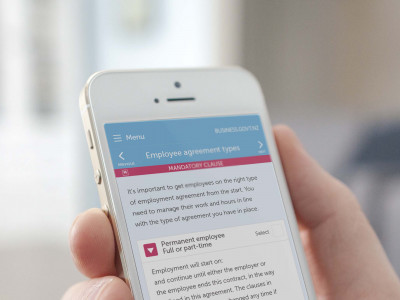Waterfall vs Agile: which methodology is right for your team?
If there's one constant in the digital landscape, it's that nothing ever remains constant. Now more than ever, the pace of innovation is shaking up the way organisations develop products and solutions on a regular basis, and staying on top of the latest digital capabilities is essential.
Development methodology is one area where significant transformation has occurred. Support for the more traditional waterfall model of development - an inarguably effective system for many years - has begun to erode in favour of the agile model, as organisations across the globe search for ways in which their teams can keep pace with digital innovation.
According to Forrester, businesses using the agile model can reduce the average time required to complete initial code development and move it into live production from 89 days to just 15, so the argument for agile is strong. That said, both waterfall and agile have their place in modern development; the key is knowing which approach is best for your team.
The move towards agile development
To understand why there has been a movement towards agile over waterfall, it helps to know the key differences between the two and what has been driving the change.
Under the waterfall model, developers initially run through a comprehensive discovery phase at the outset, building up a detailed understanding of the customer needs up front before starting the project. All the desired outcomes, functionalities and features required from the solution are hammered out before any development begins.
Organisations across the globe are searching for ways in which their teams can keep pace with digital innovation.
The upshot of waterfall development is that it provides greater certainty around the duration of the project, budgets and outcomes. There is a downside, however, largely due to the speed at which digital technology is evolving.
Let's say you start building a solution - solution A - that was the ideal six months ago at the close of the discovery phase. Once development gets underway, a number of changes are identified that no-one thought about previously, meaning you have to shift to a completely different solution - solution B. Working with a waterfall methodology, the entire discovery phase must be run again, halting any development momentum your team has cultivated.
With agile, you spend less time up front, but the methodology itself was built to help teams quickly adapt themselves to changes in scope. At the end of set allocations of time - known as 'sprints' - the team is able to function as a unified unit and deliver work-in-progress versions of the software.
Agile came about because innovation is moving so quickly. A high percentage of waterfall projects fail after the first six months or so, as teams run out of budget, individuals get demotivated or people leave the project, for example.
The best of both worlds?
While we're confident that agile is the way forward for development, switching methodologies can be a daunting prospect. Whether or not it's the most efficient and effective method, many organisations will have landed on a system that works for them, and are understandably reluctant to make a full transition.
Solnet's consultants are committed to working with development teams to create a platform that works for them, and have helped craft tailored hybrid methodologies. Combining the best of agile with the aspects of their existing project management framework they're hesitant to shed, our hybrid systems adapt based on what we think will benefit the team working on the project and the goals of their organisation.
Hybrid methodologies adapt based on what will benefit the team working on the project.
It's all part of our goal to work collaboratively with New Zealand businesses and government, an ideal that we find the agile methodology supports. Regular demonstration of work-in-progress projects allows the customer to provide more feedback on what they're seeing, which the team can take on board quickly. It's not only based on email and other documentation, but also the software the client has seen in action.
When someone asks us to engage them with a project, we will go on site to meet the team, speak to them about the business goals and understand how they like to work. Based on that, we customise a development methodology that not only allows them to do things their way, but ultimately supports the achievement of their objectives. It's not all about a specific process and approach, but also something that works for the team that's behind the process.
There are undeniable benefits to agile development, but whatever methodology works for your team, the team at Solnet will assist with putting it in place. If you're struggling to get your projects off the ground, get in touch today.

